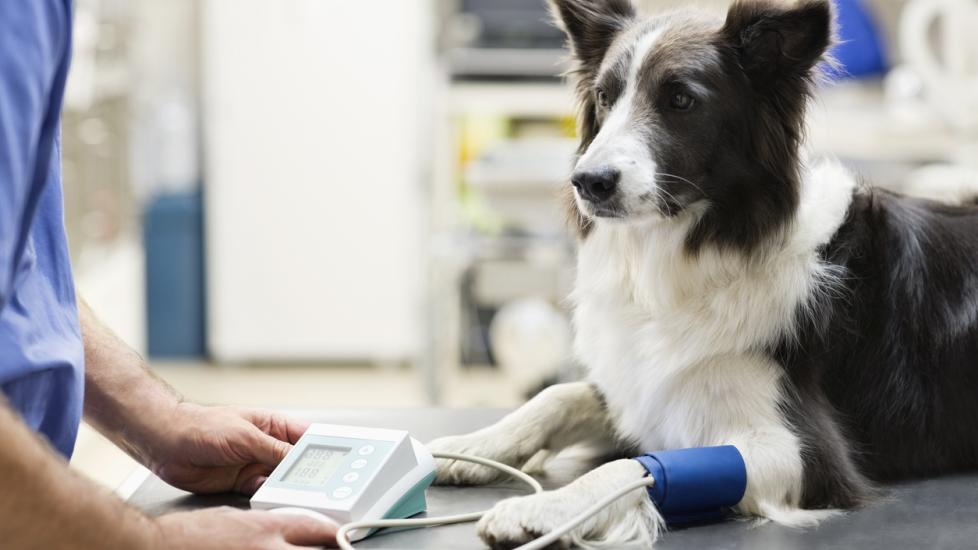Title: Understanding and Managing High Blood Pressure in Our Canine Companions
Introduction:
In the world of our four-legged friends, high blood pressure, or hypertension, is a silent yet serious condition that can lead to various health complications if left unchecked. This condition affects not only humans but also dogs, often going undetected due to its subtle symptoms. As responsible pet owners, it’s crucial to be aware of the signs, understand the causes, and learn how to manage hypertension effectively for the well-being of our beloved pets.
Causes of High Blood Pressure in Dogs:
Hypertension in dogs arises from a variety of sources. Some common causes include:
1. Age: Just like in humans, aging can contribute to increased blood pressure as the cardiovascular system ages.
2. Genetics: Certain breeds are predisposed to developing high blood pressure, such as Boxers, Bulldogs, and Cocker Spaniels.
3. Obesity: Excess weight places additional strain on the heart, which can result in elevated blood pressure.
4. Chronic Diseases: Conditions affecting the kidneys, heart, or other organs can trigger hypertension as a secondary symptom.
5. Medications: Occasionally, certain medications may cause an increase in blood pressure as a side effect.
6. Stress and Anxiety: The stress of living with humans (no offense!) can take a toll on your dog’s physical health, including their blood pressure levels.
Signs and Symptoms:
The telltale signs of high blood pressure in dogs are often vague and can easily go overlooked. They might include:
1. Difficulty breathing
2. Weakness or lethargy
3. Vision problems
4. Seizures or convulsions
5. Nosebleeds or bleeding gums
6. Increased thirst and urination
7. Stroke, which can lead to paralysis or loss of consciousness
Diagnosis and Treatment:
If you suspect your furry friend has high blood pressure, it’s important to consult with a veterinarian who specializes in internal medicine or cardiology. They will likely perform a series of tests, including a physical examination, blood work, urine analysis, X-rays, and possibly an echocardiogram to assess the heart’s function. If hypertension is confirmed, treatment typically involves lifestyle changes and medication. Your vet might recommend:
1. Dietary modifications to control weight and reduce sodium intake.
2. Regular exercise tailored to your dog’s breed and fitness level.
3. Medication to lower blood pressure, which usually requires lifelong management.
4. Stress reduction techniques, such as regular playtime, calming environments, and avoiding triggers.
Prevention and Monitoring:
Early detection is key to managing hypertension successfully. Here are some preventive measures and monitoring tips:
1. Regular check-ups: Visit your vet at least once a year for a thorough evaluation.
2. Weight management: Keep your dog at a healthy weight through a balanced diet and regular activity.
3. Lifestyle adjustments: Provide a calm environment free from excessive noise and commotion.
4. Monitor family history: If there’s a genetic predisposition, keep a close eye on any potential signs of hypertension.
5. Vaccinations and preventative care: Maintain up-to-date vaccinations and parasite prevention to support overall health.
Conclusion:
By understanding the causes, recognizing the symptoms, and taking proactive steps towards diagnosis and treatment, we can ensure our dogs live happy, healthy lives despite facing challenges like high blood pressure. It’s essential to maintain open communication with your veterinarian and make informed decisions about your pet’s healthcare needs. Remember, early intervention and consistent management are the keys to keeping our canine companions comfortable and by our sides for many years to come.
